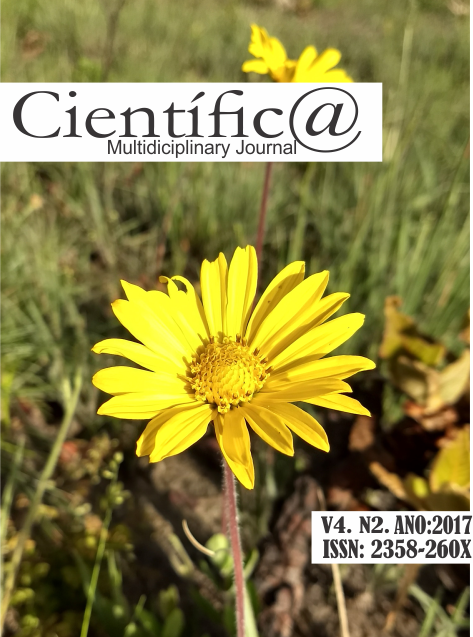O USO DE BENS MÓVEIS COMO FORMA DE EXTINÇÃO DO CRÉDITO TRIBUTÁRIO POR MEIO DO INSTITUTO DA DAÇÃO EM PAGAMENTO
DOI:
https://doi.org/10.29247/2358-260X.2017v4i2.p88-101Abstract
Este artigo prima pela revisão bibliográfica na forma narrativa, com uso do método dedutivo. Teve por objetivo compreender o instituto da dação em pagamento como forma de extinção do crédito tributário, sobretudo no que diz respeito ao uso de bens móveis por esse instituto. Essa temática vem sendo discutida a alguns anos, porém, ela ainda é causa de debates jurídicos, tendo sido editadas leis recentes sobre o tema, o que demonstra que persiste certa confusão, e arriscando brevemente um comentário, referido problema tem se dado por conta dos entendimentos conflitantes entre os próprios entes políticos. Assim, preliminarmente buscou-se apresentar os conceitos do crédito tributário, bem como suas formas de extinção. No segundo momento, fez-se necessário expor o instituto da dação em pagamento como forma de extinção do crédito tributário com clareza e objetividade, dando enfoque ao final na modalidade desse instituto que diz respeito a bens imóveis, além de ressaltar a lei federal sobre o assunto, e a forma pela qual os demais entes políticos devem complementar a legislação existente. E por fim, e de vital importância para o estudo, foi verificada a possibilidade da quitação do credito tributário mediante a dação em pagamento com bens móveis, exibindo os entendimentos jurisprudenciais, doutrinários e legais, mostrando legislações conflitantes entre os próprios entes políticos, além de conhecer os posicionamentos do Supremo Tribunal Federal e seu entendimento final, que cabe ressaltar, ainda não é compreendido por vários entes políticos da federação, fazendo com que este assunto ainda seja atual e relevante para se levar a debate no mundo jurídico e acadêmico.
PALAVRAS-CHAVE: Dação em Pagamento. Sistema Tributário. Legislação Tributária. Crédito Tributário. Direito Tributário.
This article is based on the bibliographical revision in narrative form, using the deductive method. Its objective was to understand the institute of payment in payment as a way of extinguishing the tax credit, especially with respect to the use of movable property by this institute. This issue has been discussed for a few years, but it is still the cause of legal debates, and recent laws have been published on the subject, which shows that some confusion persists, and briefly commenting on the problem. Conflicting understandings among the political entities themselves. Thus, it was preliminarily sought to present the concepts of tax credit, as well as its forms of extinction. In the second moment, it was necessary to expose the institute of payment in payment as a way of extinguishing the tax credit with clarity and objectivity, focusing on the final in the modality of this institute that concerns real estate, besides emphasizing the federal law on the And the way in which other political entities should complement existing legislation. Finally, and of vital importance to the study, it was verified the possibility of the discharge of tax credit through payment in movable property, exhibiting the jurisprudential, doctrinal and legal understandings, showing conflicting legislation among the political entities themselves, besides To know the positions of the Federal Supreme Court and its final understanding, which is worth noting, is not yet understood by several political entities of the federation, making this subject still current and relevant to lead to debate in the legal and academic world.
KEYWORDS: Restitution in Payment. Tributary System. Tributary Legislation. Tributary Credit. Tributary Law.
Downloads
Published
How to Cite
Issue
Section
License
Esta revista oferece acesso livre imediato ao seu conteúdo, seguindo o princípio de que disponibilizar gratuitamente o conhecimento científico ao público proporciona maior democratização mundial do conhecimento.
A partir da publicação realizada na revista os autores possuem copyright e direitos de publicação de seus artigos sem restrições.
A Revista Científic@ - Multidisciplinary Journal segue os preceitos legais da licença Creative Commons - Atribuição-NãoComercial 4.0 Internacional. 

